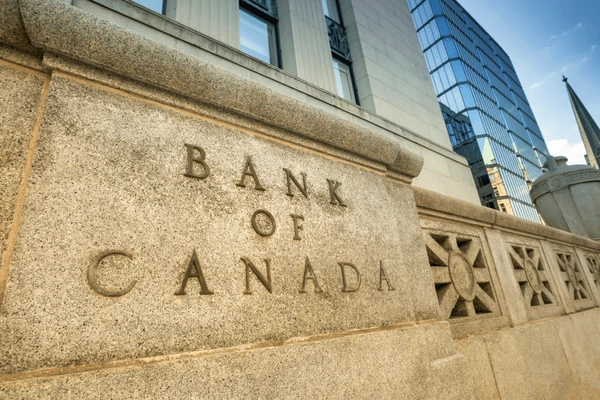A former member of the Bank of Canada governing body, Paul Beaudry, anticipates that the central bank will initiate interest rate cuts in approximately six months if inflation pressures ease as expected. Beaudry, who served as Deputy Governor, believes that policymakers will wait until they observe a cooling of underlying price pressures, even if the economy experiences a period of excess supply.
In an interview with Avery Shenfeld, the chief economist at Canadian Imperial Bank of Commerce, Beaudry stated, “I wouldn’t see the potential of rate cuts until probably the July decision.” The Bank of Canada is scheduled to release a decision on July 24. Last week, Governor Tiff Macklem and policymakers opted to maintain the benchmark overnight rate at 5% but indicated a shift in focus towards determining how long borrowing costs need to remain at this level. Market analysts and economists are anticipating potential rate cuts starting at the June 5 meeting.
Beaudry reiterated his belief that the neutral rate, which represents the level of interest rates that neither stimulates nor restricts the economy, may now be higher than pre-pandemic levels. While it is challenging to precisely calculate the neutral rate, the Bank of Canada creates its own estimate for it. If the neutral rate is indeed higher, central banks may approach rate cuts more cautiously, considering the potential impact on the economy.
Discussing potential challenges, Beaudry highlighted the scenario where inflation expectations remain elevated. If Canadians become accustomed to a higher inflation rate, such as 3%, and the central bank feels the need to address it, it could pose difficulties. Beaudry emphasized that this scenario hasn’t been ruled out for Canada. The central bank’s long-term target for inflation is 2%.
The evolving economic landscape, coupled with the Bank of Canada’s focus on inflation dynamics, suggests a nuanced approach to monetary policy decisions. Beaudry’s insights provide a perspective on the factors influencing the central bank’s considerations, particularly as it navigates the delicate balance between supporting economic recovery and managing inflation expectations. As the global economic landscape continues to evolve, central banks face the challenge of adapting their policies to address emerging trends and uncertainties.












